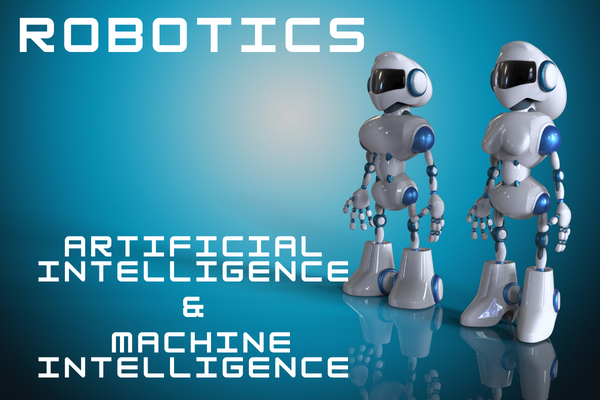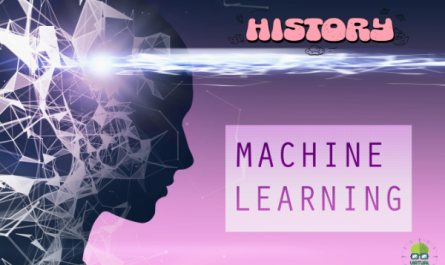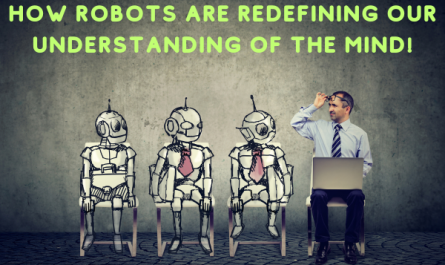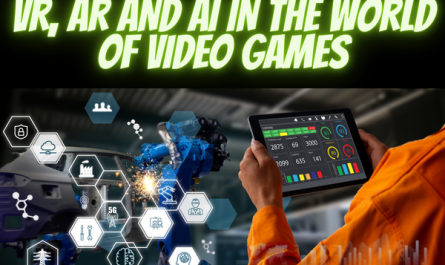Table of Contents
As technology advances, so does the field of robotics. With new advances in robotics, intelligence machines and artificial intelligence, the potential for these technologies is endless. From helping with everyday tasks to more complex tasks such as surgery and manufacturing, the applications for these technologies are vast. With continued research and development, the future of robotics is looking very bright.
Robotics technology has revolutionized manufacturing, design and communication across factories. Robotics technology assists in machines communicating with each other to identify potential areas of improvement and make decisions accordingly. This has resulted in increased productivity and accuracy in factories. Robotics technology has also been used in the design and communication of products. This technology assists in the creation of prototypes and the sharing of information between designers and engineers. Robotics technology has also been used to create and communicate artificial intelligence. This technology assists in the development of algorithms and the communication of information between machines.
- Robotics technology has revolutionized manufacturing, design and communication across factories. By automating processes and tasks, robots have helped to improve efficiency and accuracy while reducing manufacturing costs.
- Intelligent machines are increasingly being developed to help humans with a variety of tasks. From self–driving cars to domestic assistants, these machines are designed to make our lives easier.
- Artificial intelligence is providing humans with the ability to interact with machines in an intelligent way. This technology is being used to develop virtual assistants, improve search engines and create more realistic video games.
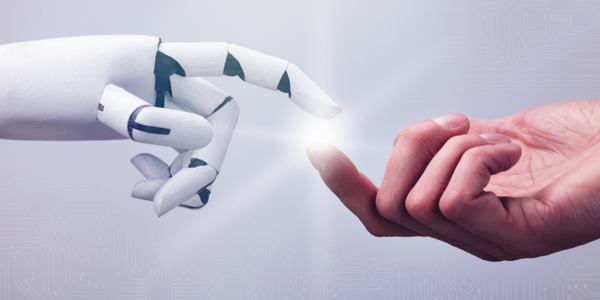
Introduction to Robotics
Robotics is the branch of technology that deals with the design, construction, operation, and use of robots, as well as computer systems for their control, sensory feedback, and information processing. These technologies deal with automated machines that can take the place of humans in dangerous environments or manufacturing processes, or resemble humans in appearance, behavior, and/or cognition. Many of today’s robots are inspired by nature contributing to the field of bio-inspired robotics.
The word robotics was coined by the science fiction writer Isaac Asimov in his 1941 short story “Liar!” Asimov was unaware that the word robotics already existed, having been coined by the Czech writer Karel Čapek in his 1920 play R.U.R., which introduced the word to the public.
In Asimov’s story, he proposed three laws of robotics:
- A robot may not injure a human being or, through inaction, allow a human being to come to harm.
- A robot must obey the orders given it by human beings except where such orders would conflict with the First Law.
- A robot must protect its own existence as long as such protection does not conflict with the First or Second Law.
These laws have been adopted by many roboticists and are known as Asimov’s Laws of Robotics.
Robotics research is divided into three main branches:
- Applied robotics
- Experimental robotics
- Social robotics
Applied robotics is the design and implementation of robots for specific tasks. This branch is also concerned with the integration of robots into existing systems, such as manufacturing assembly lines. Experimental robotics is concerned with the development of new robot technologies, such as alternative energy sources and new methods of locomotion. Social robotics is concerned with the interactions between robots and humans, such as how robots can be designed to assist and care for elderly or disabled people.
The history of robotics is often divided into three ages:
- The Pre-industrial age, which spans from Antiquity to the early 19th century. This is the period during which robots were first developed and used.
- The Industrial age, which spans from the early 19th century to the early 21st century. This is the period during which robots began to be used extensively in industry and manufacturing.
- The Post-industrial age, which spans from the early 21st century to the present day. This is the period during which robots are increasingly being used in non-industrial applications, such as healthcare, education, and entertainment.
The first known robot was developed in ancient Greece by the scientist Archytas and was called The Pigeon. This robot was a mechanical bird that could fly.
The first industrial robot was developed in 1961 by the American company Unimation. This robot, called Unimate, was used in assembly lines to weld and paint car parts.
The first robot designed to interact with humans was developed in Japan in the 1980s. This robot, called WOZ-1, was designed to assist people with disabilities.
The first robot to be used in healthcare was developed in 1997 by the American company Intuitive Surgical. This robot, called the da Vinci surgical system, is used in minimally invasive surgery.
The first robot to be used in education was developed in 2002 by the American company LEGO. This robot, called the LEGO Mindstorms robot kit, is used to teach children how to program.
The first robot to be used in entertainment was developed in 2006 by the Japanese company Sony. This robot, called the QRIO, is a humanoid robot that can dance and sing.
The future of robotics is uncertain, but it is likely that robots will increasingly be used in a variety of settings, including healthcare, education, and entertainment.
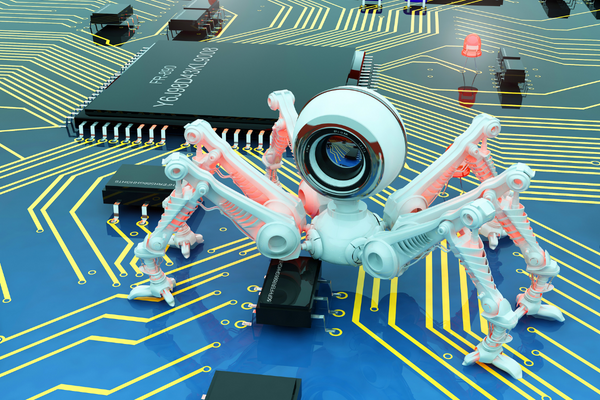
What is the future of Robotics, with the advances in Intelligence Machine and Artificial Intelligence
Robotics is an interdisciplinary field that combines engineering, computer science, and other disciplines to create robots and systems for their control, sensory feedback, and information processing. Robotics deals with the design, construction, operation, and use of robots, as well as computer systems for their control, sensory feedback, and information processing. These technologies are used to develop and operate intelligent machines and systems.
The future of robotics lies in the development of more intelligent machines that can autonomously carry out tasks that are currently performed by humans. This will require advances in artificial intelligence (AI) and machine learning, as well as the ability to integrate these technologies into existing robotic platforms.
One area that is ripe for development is service robots. These are robots that are designed to assist humans in tasks such as housekeeping, healthcare, and personal assistance. Service robots are already in use in some hospitals and nursing homes, and their use is expected to grow in the coming years.
Another area of robotics that is expected to grow in the future is that of assistive robots. These are robots that are designed to help people with disabilities carry out tasks that would otherwise be difficult or impossible for them to do. For example, there are already robots that can assist people with mobility issues in walking and climbing stairs. In the future, it is expected that assistive robots will become increasingly sophisticated and be able to carry out a wider range of tasks.
The development of more intelligent robots will also have a significant impact on the manufacturing sector. Robots are already used extensively in manufacturing, but their use is expected to increase as they become more intelligent. This will allow manufacturers to create more complex products and carry out tasks that are currently beyond the capability of robots.
The future of robotics is likely to be one of increasing intelligence and autonomy. This will enable robots to carry out more complex tasks and to interact more effectively with humans. The development of these technologies will have a profound impact on society and the economy, and the way we live and work.

